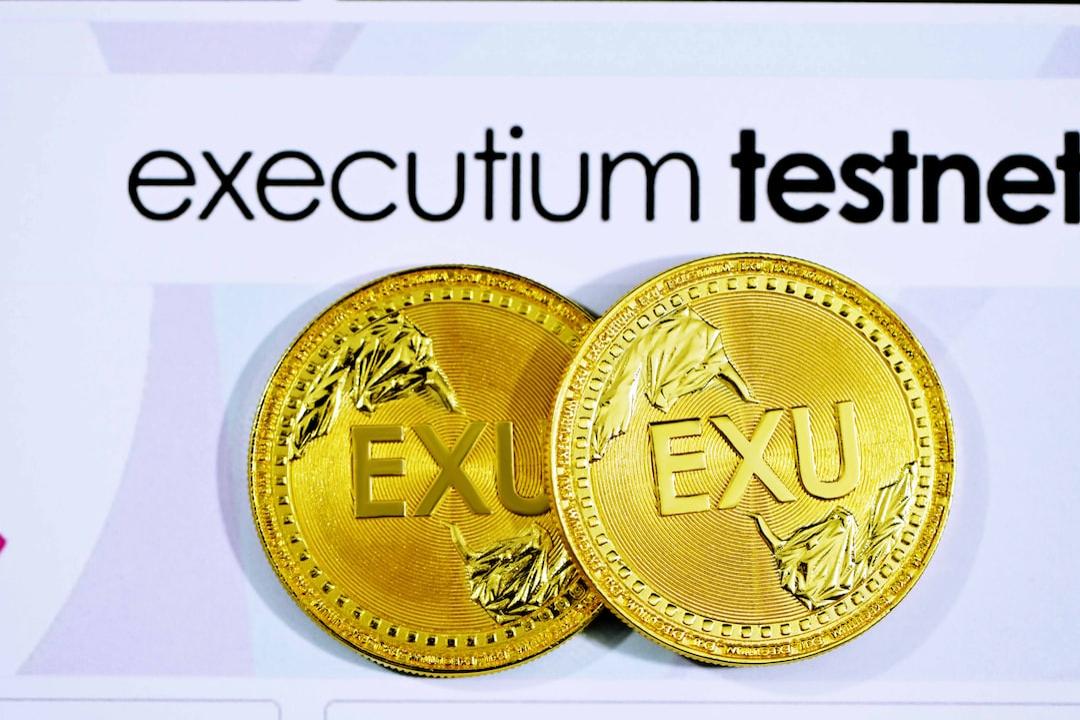“Lottery-style” Mining: Independent Miners Win Block Prizes
Last week, another Bitcoin miner broke the norm by independently processing a block and receiving a reward of 3.125 Bitcoins. At that time, the reward (including transaction fees) amounted to $259,637. In recent months, there have been multiple instances of independent miners successfully mining Bitcoin blocks.
Is it just luck for the miners? Is independent mining becoming more common? Can ordinary individuals connect an amateur mining machine and succeed with minimal resources compared to publicly traded miners?
The answers vary. The term “independent miner” describes a range of miners, from hobbyists to groups that prefer to operate privately and cautiously. Their success rate is increasing, but not significantly — and the total number is unlikely to soar dramatically.
Scott Norris, CEO of independent Bitcoin miner Optiminer, stated that mining without the support of large mining pools “is still like buying a lottery ticket.”
In 2022, independent miners using Solo CKPool (a service that allows anonymous miners to mine without running their own full Bitcoin node) processed 7 blocks. In 2023, this number surged to 12 blocks. By 2024, it reached 16 blocks.
However, the blocks mined using Solo CKPool do not necessarily mean that someone is mining Bitcoin solo in their bedroom with a very low hash rate. Some in the crypto community have suggested this, but it is incorrect.
The mining pool industry is dominated by a few large companies — such as Foundry, AntPool, and F2Pool. Miners connect to mining pools, share resources, and distribute rewards. Using services like Solo CKPool, miners receive rewards once they find a block and keep nearly all the rewards.
As the Bitcoin network evolves, mining requires more power and resources, and it is often operated as a business by publicly listed companies. Some Bitcoin enthusiasts believe this is detrimental to Bitcoin, as the network should be as decentralized as possible.
Amenities like Bitaxe and FutureBit Apollo, priced between $200 and $500, have now become the preferred equipment for “Bitcoin extremists.” In January of this year, a FutureBit Apollo processed a block, thanks to a nonprofit organization donating hash power from other machines to this one.
At that time, anonymous Bitcoin miner Econoalchemist stated on the X platform that their idea was “to dismantle the proprietary mining empires, allowing everyone to obtain Bitcoin and free technology.”
Despite the low chances of this vision being realized, the rise of amateur miners in recent months may be driving a noticeable increase in the success rate of individual mining.
Econoalchemist remarked, “Every now and then, and increasingly frequently, a Bitaxe or similar small mining device independently processes a block and quietly operates in someone’s home.”
Scott Norris from Optiminer pointed out that businesses could process blocks without large mining pools, but instead possess substantial hash rates.
Even Solo Satoshi, based in Houston, Texas, which sells mining equipment like Bitaxe Gamma, states on its website that using a $180 Bitaxe machine with a hash rate of 1.2 TH/s gives a daily chance of mining a block at 0.00068390%.
However, Matt Howard, the founder of Solo Satoshi, said that investing in independent mining is not necessarily for profit. “The primary goal is further decentralization. Finding a block and receiving Bitcoin rewards is an additional benefit. For Bitcoin extremists, they understand that mining needs to be decentralized.”
This article is a collaborative reprint from: PANews

